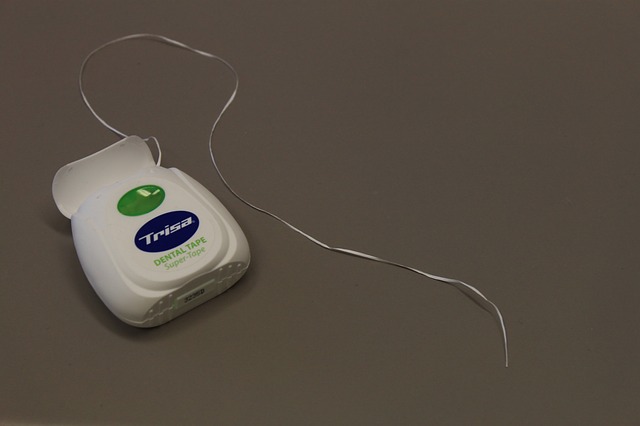Diabetes Mellitus (DM) is a disorder of blood sugar (glucose) regulation and utilization resulting in chronically raised sugar levels in the blood.
What are the symptoms of Diabetes Mellitus?
People with diabetes mellitus experience weight loss despite adequate or increased food consumption. There is increased urine production (polyuria) so they need to use the toilet more frequently, even at night (nocturia). Patients are also thirsty as a result of increased water loss.

What is insulin? What causes Diabetes Mellitus?
The pancreas is an abdominal organ that produces various important enzymes and hormones. Islet cells within the pancreas make insulin, the hormone responsible for the regulation of sugar levels in the body.
When we eat food containing carbohydrates, these are converted to glucose, a basic form of sugar. Glucose provides the energy necessary for cells in the body to survive and also enables them to perform their various functions. Insulin acts as a key that allows glucose to move from the bloodstream into individual cells. In diabetes mellitus, the islet cells are unable to produce adequate amounts of insulin (Type 1 Diabetes Mellitus) or the body is relatively resistant to insulin (Type 2 Diabetes Mellitus) so that even though the pancreas produces large amounts of insulin, they do not work well. In this situation, cells are unable to bring glucose into their internal environment and essentially starve from lack of energy.
The excess, unused glucose in the bloodstream results in high blood sugar levels, leaks out in the urine and is wasted. As glucose leaks out in the kidney channels, it draws water with it so that excessive amounts of water are lost as urine, resulting in dehydration and thirst.
What are normal blood glucose levels?
Normal glucose levels usually range between 4 – 7.7 mmol/L or 72 – 138mg/dL.
What is pre-diabetes?
This is a condition where the blood glucose levels are above normal but not in the diabetic range. There is a significant risk that a person with pre-diabetes will develop DM with time. People with pre-diabetes should take the opportunity to delay or prevent DM by adopting a healthier diet and lifestyle, increasing physical activity and losing weight if they are above their ideal weight.
Is there a difference between Type 1 and Type 2 Diabetes Mellitus?
Type 1 DM is caused by progressive destruction of the islet cells by the body’s own immune system. As more and more islet cells are destroyed, the capacity of the pancreas to produce insulin is reduced and blood sugar regulation spirals out of control. The risk to children without a family history is 0.3%. Most patients with Type 1 DM are diagnosed as children with peaks at 4-6 years and 10-14 years of age. There is a familial predisposition: Children of fathers with Type 1 DM have a risk of 5%; children of mothers with Type 1 DM have a risk of 3%; siblings have a risk of 7%; an identical twin of a child with Type 1 DM has a risk of 35%.
People with Type 2 DM usually have normal or high levels of insulin production but their bodies do not respond effectively to insulin. To keep up with this relative resistance, islet cells struggle to produce ever-increasing amounts of insulin. When they are finally unable to maintain glucose levels, symptoms of DM manifest. Risk factors for Type 2 DM include obesity, inactivity and a family history of the condition.
How do you treat Type 1 Diabetes Mellitus?
Because the underlying problem of Type 1 DM is a deficiency, the primary mode of treatment is insulin replacement. Oral medications cannot replace insulin treatment and insulin must never be discontinued in a child with Type 1 DM.
Currently, insulin can only be delivered effectively by injection into the fat layer under the skin. This is usually given with a fine needle but jet injectors are also available. Nowadays convenient, disposable injection pens are frequently used. There are also small insulin pumps that can deliver insulin continuously.
Families need help in acquiring knowledge about types of food (carbohydrates in particular) and how they affect blood glucose levels. A child with diabetes can still have carbohydrates and occasional treats – he just needs his insulin with his food. But just as the rest of the non-diabetic population needs to have a balanced diet, the child with DM should eat healthily.

For optimal control, it is important to monitor blood glucose levels regularly. This allows families to correct any high sugar levels. By studying trends in the blood sugar levels, changes can be made to the insulin regimen to avoid excessively high or low glucose levels. The aim is to determine the insulin regimen best suited to each child, his lifestyle and his family.
What is Diabetic Ketoacidosis?
Children with Type 1 DM patients are more likely than those with Type 2 DM to present with diabetic ketoacidosis. This is a life-threatening state due to a deficiency of insulin where the body starts to metabolise fat reserves because of its inability to access glucose. As a result, toxic amounts of waste products like acid and ketones accumulate.
This is also accompanied by high blood glucose levels and severe dehydration. The patient feels unwell and may have vomiting, abdominal pain and heavy breathing. It may be triggered by illness or sometimes by the omission of insulin. This is a medical emergency where the patient needs immediate medical attention.
How do you treat Type 2 Diabetes Mellitus?
Dietary modifications go a long way in controlling Type 2 DM. Increasing physical activity helps improve insulin sensitivity and lifestyle changes should be made in tandem with adherence to oral medication.
Oral medications work in different ways:
- To improve the sensitivity of the body to insulin: eg Metformin
- Increase the insulin production by the pancreas : eg Gibenclamide, Glyburide, Glipizide etc
In some situations, insulin may be required to treat Type 2 DM.
Why is blood sugar control important?
Persistently high blood sugar levels are detrimental to our health. They reflect the body’s inability to use glucose for its various needs. Acute complications such as diabetic ketoacidosis may arise. If the body is unable to utilise glucose in the bloodstream, the child is unable to grow well and puberty may be delayed. Symptoms of DM may affect the child and his ability to perform in school.
Long term complications of DM include diabetic retinopathy (eye) problems, kidney problems, nerve problems, skin problems of poor wound healing and infections, as well as an increased risk of heart attacks and strokes.
These can all be avoided with good glucose control. It is important to realise that it is never too late to take control of diabetes to reduce future problems.
By Dr Vera Oh, Paediatrician, Special Interest in Growth and Endocrinology, SBCC Baby & Child Clinic.
* * * * *
Like what you see here? Get parenting tips and stories straight to your inbox! Join our mailing list here.
Want to be heard 👂 and seen 👀 by over 100,000 parents in Singapore? We can help! Leave your contact here and we’ll be in touch.



























































